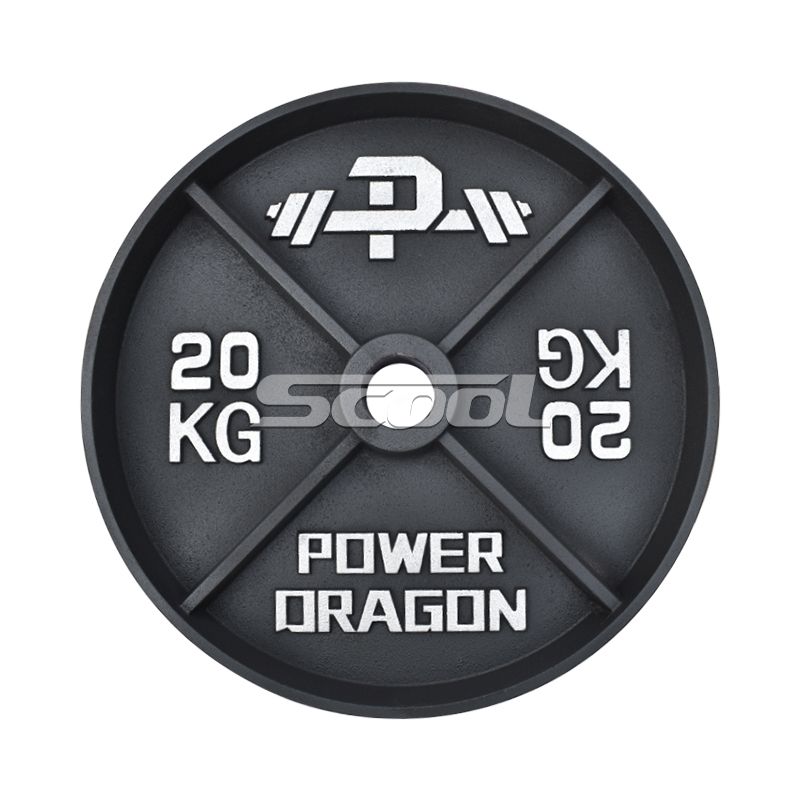Choosing the Right Weight Plates
Choosing the Right Weight Plates
When selecting weight plates for your fitness routine, consider the following factors:
Weight Increments
Choose weight plates that allow you to make small, progressive increments in your lifts. This ensures steady progress and helps prevent plateaus in your training.
Plate Material
Weight plates can be made of various materials, including cast iron, rubber, and steel. Consider the durability, grip, and noise level of the dragon plates when making your selection.
Durability and Longevity
Invest in weight plates that are built to last. Look for plates that are resistant to chipping, rusting, and general wear and tear, ensuring they will withstand frequent use over time.

Using Weight Plates in Workouts
Weight plates can be used in a variety of exercises to target different muscle groups. Here are some ways to incorporate weight plates into your workouts:
Basic Exercises
Standard plates can be added to barbells or dumbbells for exercises like squats, deadlifts, bench presses, and shoulder presses. These compound movements engage multiple muscle groups, making them highly effective for overall strength development.
Progressive Overload
To continue challenging your muscles and promoting growth, gradually increase the weight of your exercises using weight plates. This technique, known as progressive overload, helps you continually push your limits and achieve new fitness milestones.
Supersets and Drop Sets
Weight plates can also be used for supersets and drop sets, which involve performing multiple exercises back-to-back or gradually reducing the weight during a set. These techniques help intensify your workouts and maximize muscle fatigue.
Safety Considerations
While weight plates are safe to use when proper precautions are taken, it's essential to consider the following safety guidelines:
Proper Form and Technique
Maintain proper form and technique during weightlifting exercises to minimize the risk of injuries. Seek guidance from a qualified fitness professional if you are new to weight training.
Plate Storage and Maintenance
Store weight plates in an organized manner to prevent accidents and ensure easy access during workouts. Additionally, periodically inspect the plates for any signs of damage or wear.
Safety Collars
When using weight plates on barbells, always secure them with safety collars to prevent the plates from sliding off during exercises. Safety collars provide added stability and minimize the risk of accidents.
Benefits of Weight Plates
Weight plates offer numerous benefits for fitness enthusiasts:
Strength and Muscle Development
Using weight plates in resistance training helps stimulate muscle growth, increase strength, and improve overall body composition. By progressively challenging your muscles, weight plates facilitate muscle hypertrophy.
Versatility and Progression
Weight plates provide a wide range of weight options, allowing individuals to adjust the load according to their strength and fitness level. This versatility enables progressive overload and ensures continuous improvement.
Functional Training
Weight plates can be used in functional training exercises that mimic real-life movements, enhancing overall fitness and performance in day-to-day activities. Exercises like lunges, twists, and carries help improve stability, coordination, and mobility.

